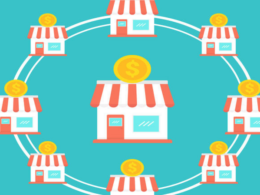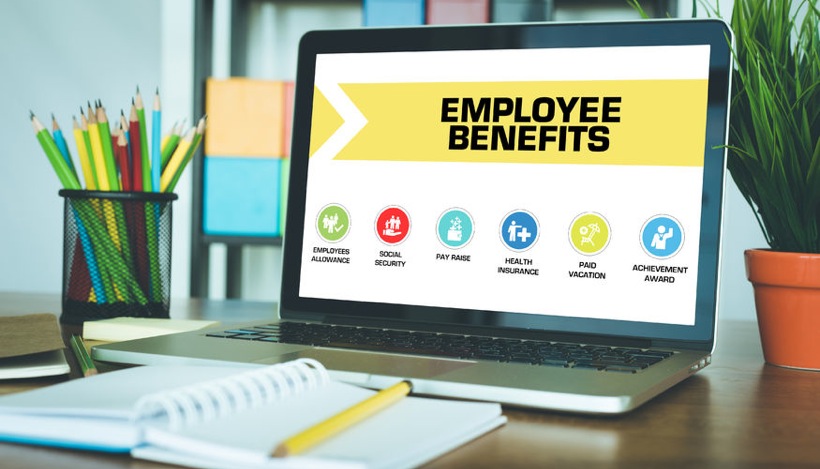When to Buy or Lease Your Space
When you’re starting a business, one of the first big decisions you’ll need to make is whether it’s better to buy or lease the space you’ll need to run your business.
The first thing you need to remember is that you are not running a real estate business. Too many entrepreneurs get lured in by a “hot” real estate market and forget that their space decisions need to first and foremost serve their business interests. This isn’t about building an investment portfolio or getting in on a “sure thing” real estate appreciation trend. It’s about how to best support your operating needs. (Yes, down the road there’ll be a point in which asset building will be a useful consideration, but it should never be the primary purpose behind your real estate transactions, particularly early on.)
Because it’s tough starting a business, the vast majority of small businesses should rent when they first start out. The Holy Grail for your first two years of business is to secure the shortest lease term possible with built-in renewal options. This way you’re not locked in to a space that isn’t working for you, but you still have the option to stay in the space if it is working. Think about it – as you’re starting out, you have no clue what your business model will be next year. Can you confidently project what your staffing needs and cash position will be over the next two to three years and how much space your business will need to operate? Leasing for a short term gives you the flexibility to evolve.
So when should you think about buying? After two to three years in business, when you have a better handle on your business requirements and growth plan is the best time to re-evaluate your space needs and whether to buy or lease in your investment strategy. Here are six telltale signs that it’s time to buy:
- You have a firm handle on who your customers are and the location of your business will continue to be a key buying factor for that customer base.
- The way in which you deliver your product or service is firmly established, you can easily predict your future staffing needs and you have a clear sense of whether or not your current space will accommodate that future growth.
- You’re profitable and have generated a positive net income for at least two years (and it’s very likely you’ll continue to do so). By year three and four of profitability, you’ll be in a strong position to begin investing in longer-term assets like commercial property.
- You have built a liquid cash reserve that more than covers the basic working capital requirements of your business and it can be used to support a down payment on a physical asset. Keep in mind that deposits can run anywhere from 1 to 10% of the total negotiated purchase price of the property. Also, in order to get a loan in the first place, you often need to show that you have between 10% and 20% of the purchase price available in your bank, money market, and/or investment account. (Yup, it’s a great irony that a lender will say, “Show me the money” before they let you borrow more!)
- Market values in the area in which you’d like to buy have held steady and/or are appreciating at a sustainable rate. (Again, you’re not a real estate investor, but you should look for steadily appreciating values, and steer clear of a market with a bubble poised to burst.)
- The mortgage payment from the purchase of the property is in line with or less than your current rent – in other words, you can afford it!
Purchasing commercial real estate is a huge decision that can have far reaching effects on the future of your business, including your cash flow, balance sheet, and funding options. Don’t get carried away with buying space right out of the gate or paying for an elaborate build-out (no matter how tempting). Wait until you’ve got at least two years of profitability under your belt and reevaluate using the tips above. To everything there is a season, including the time to buy or lease. Bide your time until the season is right for you.






